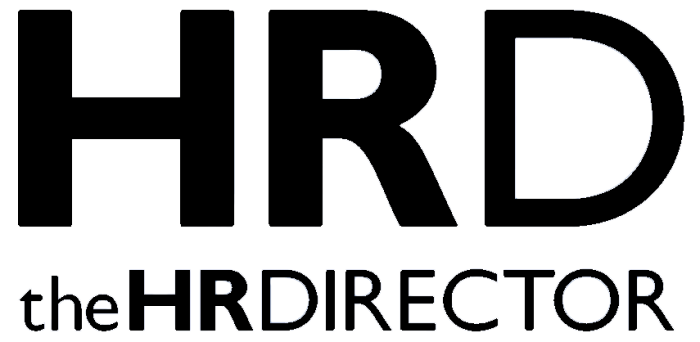The modern workforce is not just diverse but has become more complex than ever. For the first time in history, we have four distinct generations working side by side:
Baby Boomers, Gen X, Millennials, and Gen Z- while that might sound like a beautiful melting pot of experience and innovation, let’s be honest- can also feel like going through a minefield.
One generation craves stability; another thrives on flexibility.
Some want face-to-face meetings; others are allergic to anything that isn’t on Slack.
And as HR leaders, we’re expected to make it all work seamlessly.
But here’s the hard truth: if you’re still managing your workforce with a one-size-fits-all strategy, you’re not managing at all, you’re firefighting.
I’ve lived the realities of exploring differences. I was the only Black girl in my class, the only Black woman in many boardrooms, and often the youngest person in the room. I’ve been underestimated, overlooked, and sometimes broken by it. But I’ve also rebuilt myself and built teams that defied the odds.
This isn’t just a post about diversity. It’s about what really happens when generations, cultures, and mindsets collide and what HR leaders can actually do to lead through it.
The Hidden Risks of Ignoring Generational Dynamics
When HR leaders overlook the impact of generational differences, the effects are rarely immediate. Instead, they show up in subtle but damaging ways, with disengaged teams, communication breakdowns, poor collaboration, and increased turnover.
Younger employees might feel frustrated by rigid policies. Older colleagues may struggle with rapid digital transformation.
Misalignment in expectations can create friction that slowly chips away at morale and performance.
The real cost?
A workforce that fails to connect, innovate, or stay. Generational tension left unaddressed becomes a silent productivity killer.
Leadership Should Not Be A One-Size-Fits-All
Each generation brings its own set of expectations to the workplace. Boomers may value stability and face challenges linked to retirement planning. Generation X often seeks autonomy and work-life balance. Millennials are driven by purpose and continuous development. Generation Z values flexibility, inclusion, and mental well-being.
The mistake many leaders make is assuming one approach will suit all. In reality, multigenerational leadership requires adaptability. What motivates one group might alienate another.
HR professionals must lead with empathy and curiosity.
You need to ask questions, listen actively, and avoid assumptions. Tailor development plans, communication styles, and recognition methods to meet people where they are, not where we think they should be.
Building Inclusion That Goes Beyond Policy
It’s easy to tick the boxes. A diverse team on paper. A few bullet points in the handbook. Maybe a training session or two.
But inclusion? That’s a different ball game.
It’s not limited to who’s in the room but how safe they feel once they’re there. Can they speak freely? Can they show up fully? Or are they quietly shrinking to fit into something they were never meant to be?
Here’s what often gets missed: age is just as much a factor in inclusion as race, gender, or background. Yet, it’s the one people tend to skip the most.
Younger employees might be dismissed as inexperienced, even when they’re brimming with ideas. Older colleagues might be overlooked for promotions, as if experience suddenly makes you obsolete. And that subtle sidelining? It stings.
So what does real inclusion look like, the kind that cuts across generations?
It involves mutual respect, not silent assumptions.
It breaks the lazy stereotypes, the “too young to lead” or “too old to change” nonsense.
It supports people working together, not around each other.
Because when someone feels like they truly belong, something shifts. They speak up. They lean in. They stay. Not because they have to but because they want to.
And that’s where the magic happens.
A Personal Perspective: Learning the Hard Way
Imagine being barely out of sixth form, and suddenly you’re in charge of people twice your age, people with decades of experience, strong opinions, and a healthy dose of scepticism. That was me at 18, managing a team of 23 in a high-pressure bank department where every mistake had consequences.
You can probably guess how that went at first.
I didn’t walk in with authority. I hadn’t earned their respect. All I had was the job title… and a whole lot to prove. Some folks questioned why I was even there.
What I didn’t expect? That being the youngest person in the room would teach me one of the oldest leadership truths: you don’t need to be the loudest voice or the longest-serving. You need to make people feel seen. That’s what unlocks performance.
Here’s the bit no one tells you: age doesn’t make a leader. Environment does. If we don’t build workplaces where people from any generation feel they belong, we’ll lose good people. Not because they couldn’t do the job but because they never got the chance to show what they were capable of.
And that? That’s the real loss.
Practical Steps HR Leaders Should Be Taking
So, what can HR do to better support cross-generational teams? Here are six strategic actions to begin with:
- Make Mentoring a Two-Way Street
Younger staff don’t just need guidance, they’ve got insight to offer too. Set up mentoring that flows both ways. Let the digital natives sharpen tech confidence in older colleagues while experienced team members pass on wisdom that no training course could teach.
- Offer Growth at Every Age
Career development isn’t just for the “high potentials” in their 20s. People in their 40s, 50s, and beyond still want to learn, evolve, and do meaningful work. Create growth opportunities that speak to different seasons of life, whether that’s a new challenge or a second act.
Because ambition doesn’t retire.
- Look at the Data Before the Problem Hits
Don’t wait for a skills gap to sneak up on you. Use demographic data to spot what’s coming, who’s close to retiring, which roles might be left uncovered, and where your pipeline is thin. Then, plan ahead. Build your team with tomorrow in mind, not just today.
- Build a Culture Where It’s Safe to Speak Up
It takes courage to raise your hand, offer a different view, or admit you don’t know something, especially when you’re the youngest or oldest in the room. That’s why psychological safety becomes the foundation.
When people feel safe, they open up. And when they open up, teams get better, fast.
- Speak Their Language (Literally)
Some people love a face-to-face chat. Others would rather send a message and skip the small talk. Don’t assume one method works for all. Pay attention to communication preferences and build systems that flex with your people, not against them.
Clarity and choice go a long way.
- Find the Thread That Connects Everyone
Yes, the differences between generations matter. But so do the things we all care about: meaning, connection, and progress. Help your team see the bigger picture. Anchor them to shared goals and a common mission. Remind them they’re building something together.
Because unity doesn’t come from sameness, it comes from purpose.
None of this is complicated. But it does require intention. And when you start to get it right, you’ll feel the shift, not just in how people work, but in how they show up.
Conclusion: Your Opportunity to Lead Differently
Managing a team across four generations is complex, yes, but it is also an enormous opportunity. You’re constantly balancing competing needs, shifting expectations, and wildly different ideas about how work should happen.
It’s messy. It’s unpredictable. And if we’re being honest, it’s exhausting some days.
But you can transform that chaos into a goldmine.
When you stop trying to make everyone the same and start building a space where different people can shine, magic happens. You get fresh ideas and time-tested wisdom in the same room. You get innovation and stability. You get people learning from each other instead of tiptoeing around each other.
You won’t get it perfect. No one does. But progress doesn’t need perfection; it needs intention.
Ask more questions. Listen more than you speak. Swap assumptions for curiosity. Above all, generational diversity should not be treated as a problem to solve but as a power source to plug into.
The future of work isn’t coming. It’s already here, and it’s wearing trainers, grey hair, and everything in between.
Let’s stop managing it. Let’s start leading it.







